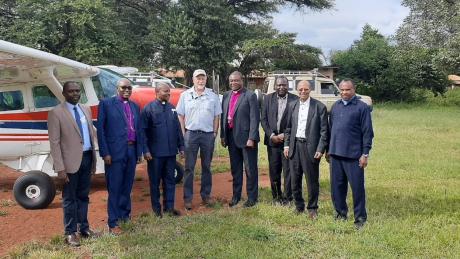
Mission Aviation Fellowship joined Haydom Lutheran Hospital to celebrate their 70 years of service in Tanzania—35 years of which the hospital has partnered with MAF to improve healthcare and save lives.
Located in the Manyara region between Lake Victoria and Mount Kilimanjaro, Haydom Lutheran Hospital has celebrated 70 years of service in Tanzania.
Over the past 35 years, their partnership with MAF has been essential for remote communities in the region. MAF flew partners and guests to the special anniversary event.
Through this partnership, the hospital has been able to run flying medical clinics, deliver emergency supplies, and airlift critically ill patients to referral hospitals such as Muhimbili National Hospital.
At the 70th anniversary celebrations, Stewart Ayling, MAF’s Country Director in Tanzania, reflected on what this milestone represented.
“It was inspiring to see how Haydom Hospital has grown over the years,” he said. “This year’s opening of a new wing shows their commitment to expanding healthcare.”
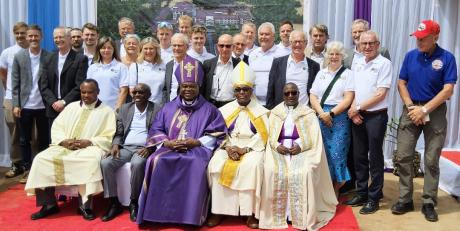
Haydom is at the crossroads of four tribal areas, with villages accessible only by foot or air.
“Through regular flights, including mother and child clinics, we’ve reached even the most isolated communities,” he said.
For Stewart, the scale of the new building was striking — a four-storey facility rising from the middle of the Tanzanian countryside.
“To get there, you drive through a massive area where people live off what they grow in their shambas (farms). So, to see a hospital of that size serving that kind of region — it’s a big deal.”
If it weren’t for MAF, I would just be a memory.
One testimony that highlights the importance of this partnership is that of Leonard Bura.
“At first I thought it was just a stomach-ache,” he said. “But then I started vomiting and struggling to breathe.”
Doctors at Haydom discovered he was having a major heart attack. With time running out, MAF flew him over 500 miles to Muhimbili for emergency surgery.
“If it weren’t for MAF, I would just be a memory,” he said. “They didn’t just bring a plane—they brought life.”
Doctors at Muhimbili removed life-threatening blockages from Leonard’s coronary artery. He credited the hospital and MAF for his second chance at life.
“It wasn’t a miracle. People acted. I ask that this partnership continues, because there are many like me still waiting for help.”
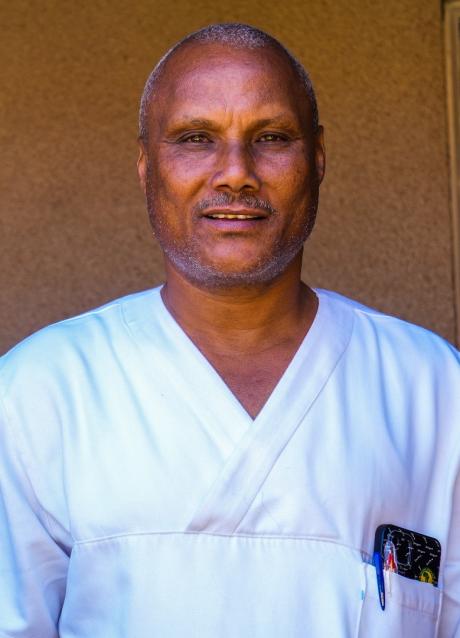
The hospital’s Community Liaison Officer, Emmanuel Mighay also emphasised MAF’s role in saving lives.
“When roads were impassable and every minute counted, MAF’s aircraft became our lifelines,” he said. “They allowed us to reach patients quickly with medical supplies, evacuate those needing specialised treatment, and deliver medical teams to remote villages. Without them, many lives would have been lost.
“This partnership with MAF has extended our reach far beyond what we could have achieved on our own.”
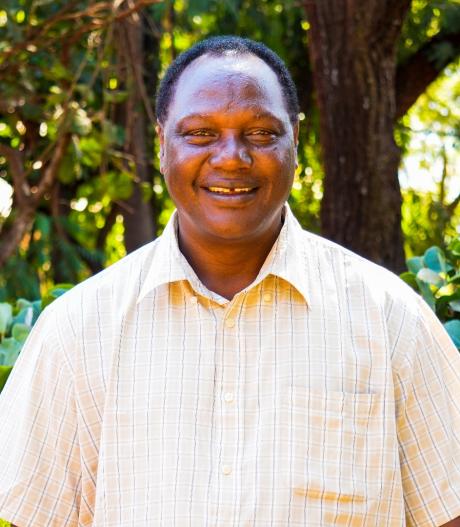
In another incident, MAF flew injured patients who had been attacked by a buffalo during a clinic outreach at Yaeda Chini.
“Although they had lost a lot of blood, they made it because they received treatment in time,” said Emmanuel. “That would not have happened without the plane.”
This partnership with MAF has extended our reach
Emmanuel also recounted an incident involving a young boy who had a coin lodged in his airway. The local hospital couldn’t help, and time was running out. MAF flew the boy to a hospital in the city, and he survived.
“Stories like these remind us why this collaboration matters,” he said.
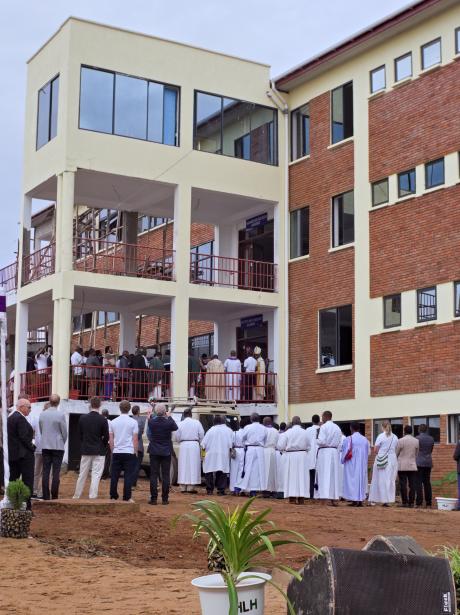
As Haydom looks to the future, MAF is right there with them — ready to explore new places the hospital can’t yet reach.
“That’s our mandate,” said Stewart. “To keep asking: are we still needed here? And if not, where else can we go? How else can we serve?”